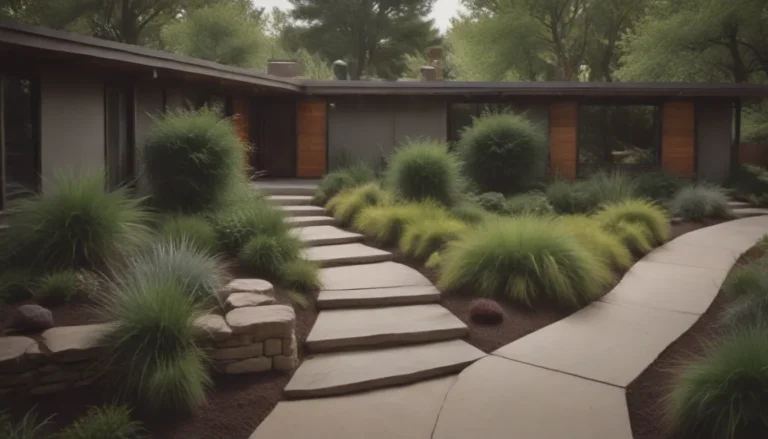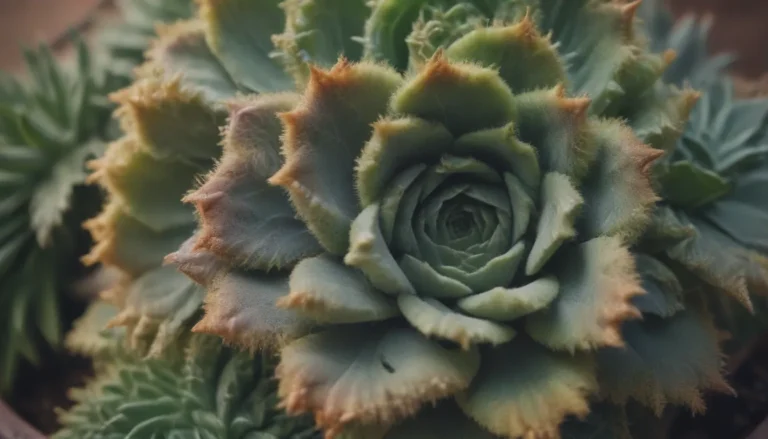All You Need to Know About Lawn Aeration

Are you ready to give your lawn some much-needed TLC? One surefire way to help your grass grow healthier and greener is through lawn aeration. By allowing air, water, and nutrients to penetrate the soil, you can give your lawn the boost it needs to thrive. But how exactly do you go about aerating your lawn, and when is the best time to do it? Let’s dive into the ins and outs of lawn aeration to help you achieve the lush lawn of your dreams.
What Is Lawn Aeration?
Lawn aeration is a simple yet effective process that involves creating holes or channels in the soil to promote better circulation of air, water, and nutrients. This technique can be done using various methods, from manual tools like pitchforks or spading forks to more advanced machinery or liquid solutions. The goal of lawn aeration is to combat soil compaction, which can hinder the growth of your grass by restricting root development and nutrient absorption.
Why Your Lawn Needs Aeration
Compacted soil is the enemy of a healthy lawn. When the soil becomes tightly packed, it creates a barrier that prevents essential elements like air, water, and nutrients from reaching the roots of your grass. This can lead to stunted growth, poor root development, and an overall unhealthy lawn. Aerating your lawn helps to alleviate soil compaction, allowing for better moisture and air penetration. This, in turn, promotes the growth of a more robust root system and encourages beneficial microbes to break down thatch buildup.
Understanding Thatch Buildup
Thatch is a layer of organic material that accumulates between the green vegetation of your lawn and the soil surface. While a thin layer of thatch can provide insulation and protection for your grass, an excessive buildup can create problems. Thick thatch can trap moisture, reduce oxygen levels in the soil, and become a breeding ground for pests and diseases. To prevent thatch-related issues, it’s essential to aerate your lawn regularly and remove excess thatch buildup during the fall season.
Dealing with Compacted Soil
High-traffic areas or regions with clay soil are particularly prone to soil compaction, making them prime candidates for lawn aeration. By breaking up compacted soil, you can improve water infiltration, nutrient absorption, and overall soil health. Regular aeration can help rejuvenate your lawn and promote a lush, vibrant turf that’s resistant to wear and tear.
When to Aerate Your Lawn
Timing is crucial when it comes to lawn aeration. Performing this task at the right moment can maximize its benefits and ensure a successful outcome for your grass. While the ideal time for aeration varies depending on your location and grass type, there are some general guidelines to follow:
- For most lawns: Aerate every two to three years, especially if you don’t notice any specific issues with your lawn.
- High-traffic areas: Consider annual aeration to alleviate soil compaction and promote healthy growth.
- Heavy clay soil: Opt for more frequent aeration to combat soil compaction and improve soil structure.
Pro Tip
Avoid aerating your lawn in early spring, as this can create a favorable environment for weed growth. Instead, aim for late winter, late spring, or fall for optimal results. Memorial Day in late spring can be an excellent time for aeration, as it allows your lawn to recover before the summer heat sets in.
Types of Lawn Aerators
When it comes to aerating your lawn, you have several options to choose from. Each type of aerator offers unique benefits and is suited to different soil types and lawn conditions. Here are a few common types of lawn aerators:
- Plug or Core Aerator: Uses hollow tines to remove plugs of soil from the lawn, reducing compaction and improving air and water penetration.
- Spike Aerator: Creates holes in the soil by pushing spikes into the ground, ideal for sandy or loamy soils.
- Slice Aerator: Uses a blade to slice into the soil, promoting better soil aeration without leaving visible holes.
- Liquid Aerator: Sprays an enzymatic solution on the lawn to break down thatch buildup over time, best suited for ongoing maintenance.
How to Aerate Your Lawn
Aerating your lawn doesn’t have to be a daunting task. With the right tools and techniques, you can aerate your lawn effectively and promote a healthier, more resilient turf. Here’s a step-by-step guide on how to aerate your lawn using a core aerator:
-
Renting an Aerator: Start by renting a core aerator from your local garden center or rental shop. Choose a machine that suits the size of your lawn and your level of expertise.
-
Preparing to Aerate: Before you begin, water your lawn thoroughly to soften the soil and make it easier for the aerator to penetrate. Clear the area of any obstacles, such as rocks or debris, that could impede the aerating process.
-
Using the Aerator: Follow the manufacturer’s instructions for operating the aerator. Start at one end of your lawn and work in a systematic pattern, aerating the soil at even intervals to ensure thorough coverage.
-
What to Do After Aerating: Once you’ve completed the aeration process, consider overseeding your lawn to promote new grass growth. Water the area lightly to help the soil settle and aid in seed germination.
-
When to Hire Pros: If you’re unsure about aerating your lawn or if you have a large or challenging lawn to aerate, consider hiring professional lawn care services. They have the expertise and equipment to aerate your lawn efficiently and effectively.
By incorporating regular lawn aeration into your lawn care routine, you can create a thriving and vibrant lawn that will be the envy of your neighborhood. Whether you choose to aerate manually or with the help of specialized equipment, the benefits of a well-aerated lawn are sure to be worth the time and effort. So, roll up your sleeves, grab your aerator, and get ready to give your lawn the boost it deserves!





